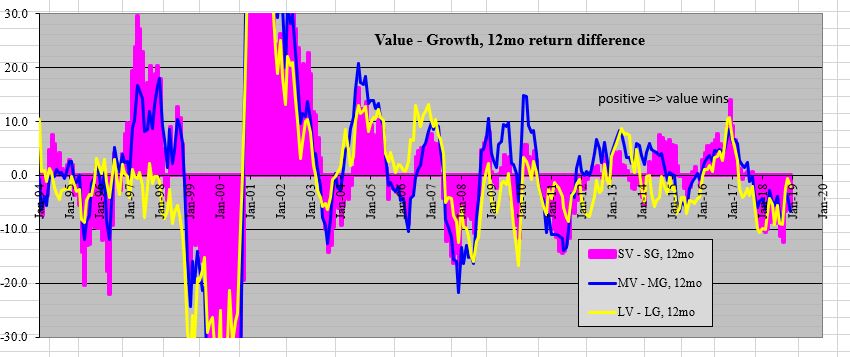target2019
Give me a museum and I'll fill it. (Picasso) Give me a forum ...
From YCharts:The numbers in my earlier post came from finviz.com. I am surprised to see Yahoo has different numbers. Somebody's computer did not update his numbers.
So, I went to Schwab, and here are their numbers. Their trailing P/E numbers match that of finviz.
SO 20.68 14.47
DUK 21.75 18.11
ED 3.48 17.79
Again, the first numbers are trailing P/E, while the second are forward P/E. One can expect the forward P/E's to differ slightly, because these are estimates by analysts covering the stocks, and not actual reported earnings.
SO PE Ratio (TTM) 18.45
DUK PE Ratio (TTM) 21.46
ED PE Ratio (TTM) 15.23
Earnings data is revised by company, so that could account for some difference in the E.
The point I first tried to make is that the Edison P/E you quoted is very far from the actual number. Out of curiosity I looked up just the three Utilities, and found P/E to be different in each case. So it just has me wondering about measures in general, and how accurate they might be.

